Check out The Field Position for more industry and agronomy topics!
-
Latham Hi‑Tech Seeds
#AsktheAgronomist – Cover Crop Termination
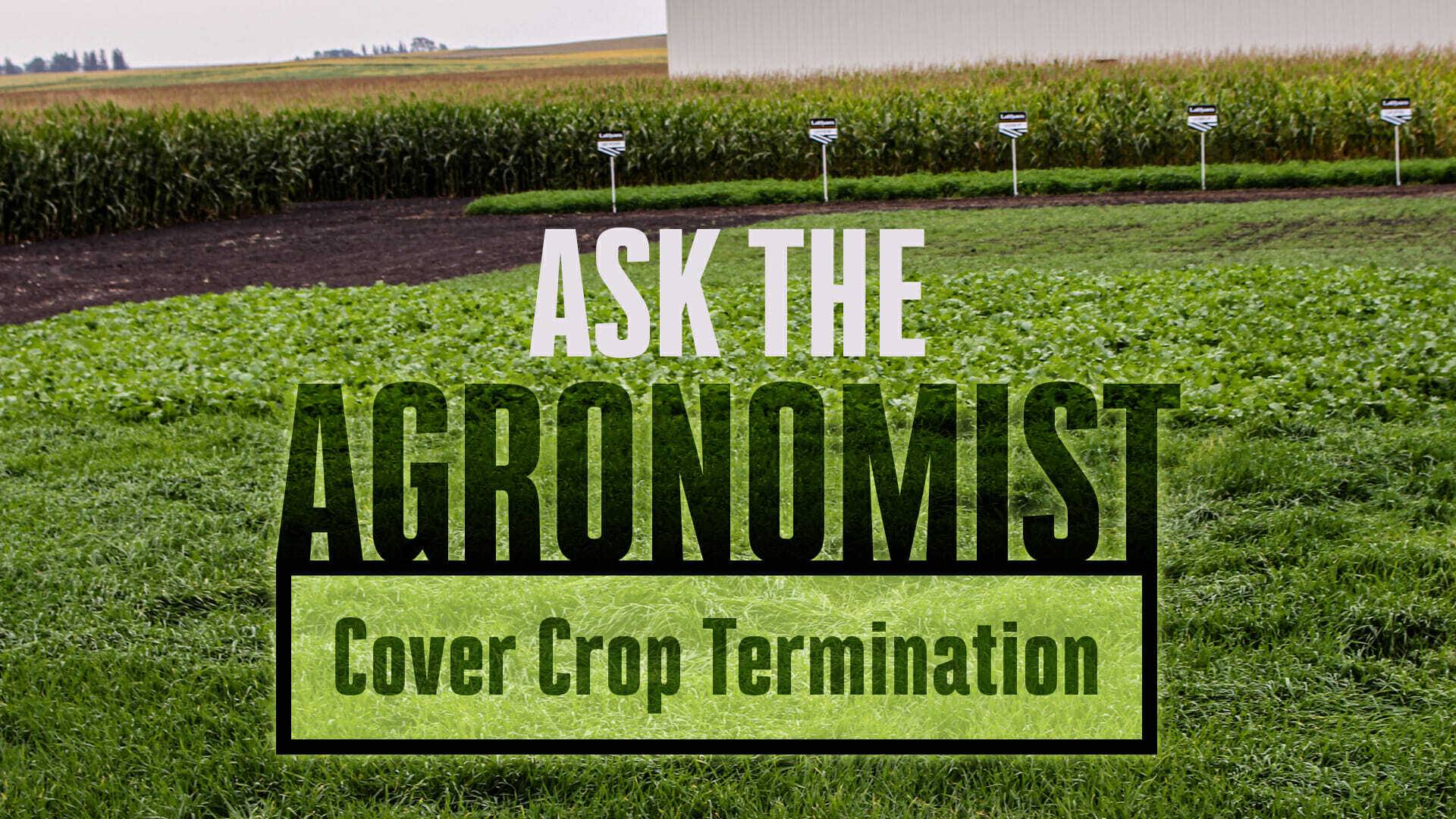 Phil Long, precision agronomy advisor, battles the wind to bring us a field update! He highlights cereal rye and when it should be terminated.
Phil Long, precision agronomy advisor, battles the wind to bring us a field update! He highlights cereal rye and when it should be terminated. -
Latham Hi‑Tech Seeds
With Fertilizer Prices Rising, Nitrogen Credits are Golden
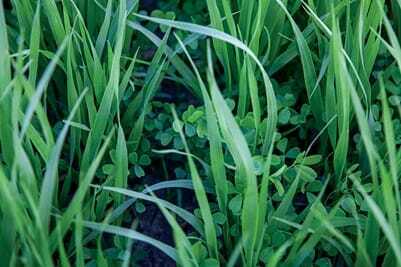
Fertilizer prices have put a lot of pressure on farmers to find creative ways to navigate the nutritional demands for the upcoming corn crop. Depending on the alfalfa stand health, farmers could capture 100 pounds of nitrogen per acre. That’s why many are considering an early rotation of alfalfa fields in 2022.

Farmers who raise alfalfa have an opportunity to capture nitrogen credits and to also capture more yield. Research shows a 20% increase in yields for the subsequent crop planted onto those acres. A mature alfalfa tap root can grow down 20 feet, creating a channel that allows the newly developing root to easily access critical moisture.
With commodity prices increasing, the goal should be to leave no yield in the field. Focusing on high-yielding alfalfa will vastly improve the productivity of all crops. It raises the yield ceiling of corn and soybeans in the traditional corn-soybean rotation upwards of 20% while improving the soil.
Alfalfa Seeding Establishment
Reviewing stand establishment details are important for the success of your alfalfa crop:
- Soil pH. Soil pH is important to quickly establish the nitrogen-fixation bacteria. For best performance, try to maintain a soil pH of 6.8 to 7.2.
- Seeding Rate. Although alfalfa is typically seeded at a rate of 16 to 20 pounds per acre, I encourage farmers to experiment on their farm. Simply double seed during one or two passes. More seed equals more plants. To run a successful trial, remember to apply a bit more fertilizer where plant populations are higher. You likely will be surprised with the life of stand. Latham Seeds has partnered with some innovative farmers to conduct replicated seeding rate trials on their farms, and results have been impressive! We have seen a multi-year yield advantage for higher seeding rates. During the first seeding year, our growers have seen an advantage of one-half dry matter (DM) ton and almost one full DM ton advantage in the second year. One ton of high-quality alfalfa is the Midwest is currently valued at $300.
- Seed Bed/Seed Depth: A firm seed bed is critical to properly placing alfalfa seed at ¼ inch and no deeper than ½ inch.
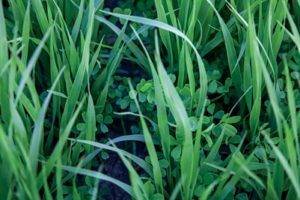
- Companion Crop: Use caution when seeding alfalfa with a companion crop. The key is to not plant companion crops so thick that they actually compete for the critical soil moisture the alfalfa seedling desperately needs. I like a lower to medium rate of oats, say 1 to 1.5 bushels, depending on soil type. Oats emerge quickly, which helps shield the delicate little alfalfa seedling from the intense spring sun. The oat roots also help hold soil in place during intense spring rains. In addition, oats tend to help reduce weed pressure.
Including high-yielding Latham brand alfalfa in your crop rotation is using a new interstate to increase soil biology and help meet nutrient demands of rotational crops. Research has shown that corn planted on rotated alfalfa can help unleash more of the genetic potential yield.
Want to chat more about adding alfalfa into your rotation? Reach out to your dealer or reach out to me, Corey Catt, forage product manager, at coreyc@lathamseeds.com.
-
Latham Hi‑Tech Seeds
2021 Latham Field Day
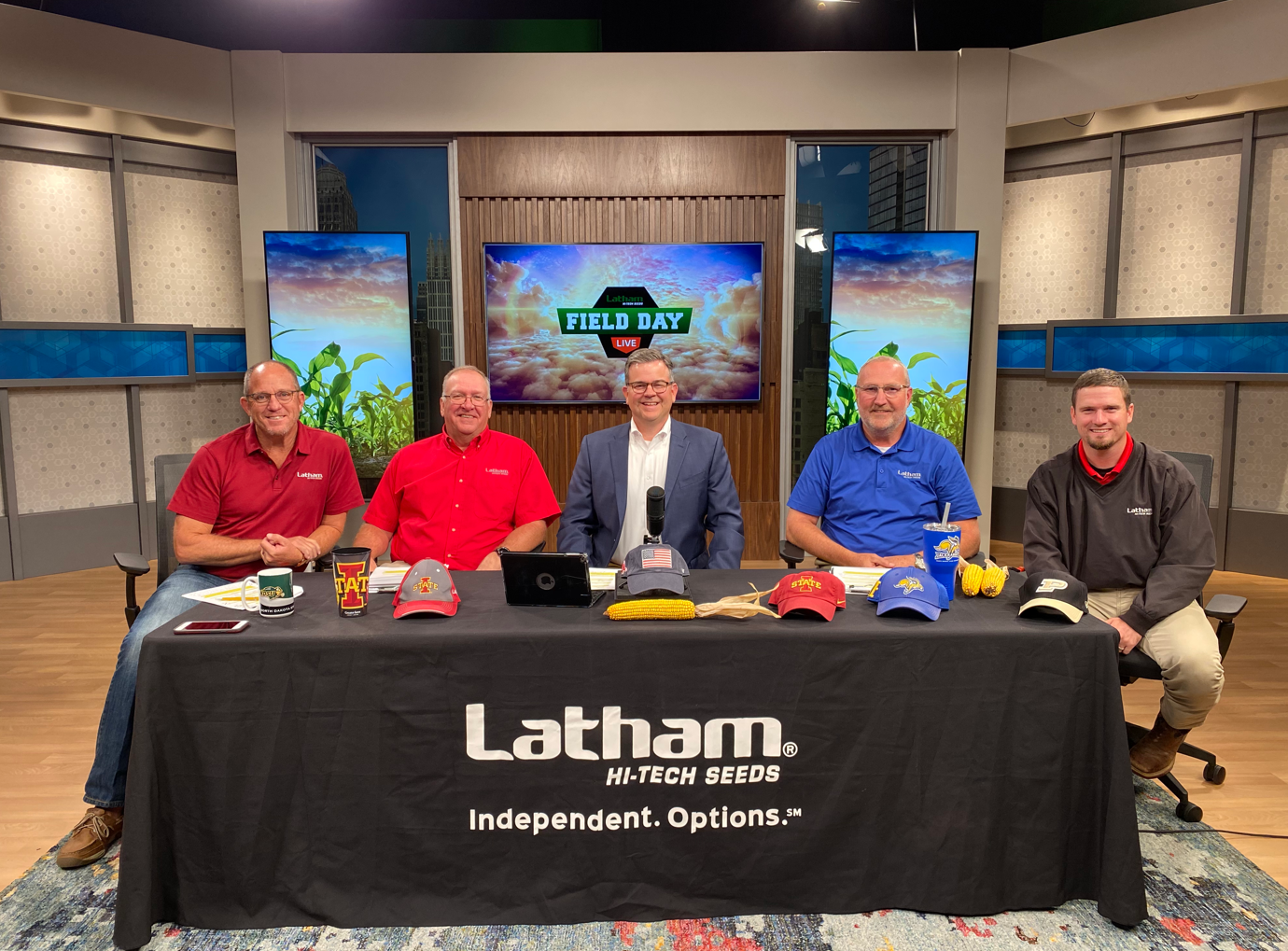
Join us for Latham Field Day LIVE!
Like all farm families, we know what it feels like to win big. We also know the agony of defeat. We watched helplessly, like so many of you during the last week of August, as winds reaching 92 miles per hour wreaked havoc across the Upper Midwest. When the skies cleared, we saw that our brand NEW Premier Agronomy Center had taken a terrific beating. Which was so unfortunate for our traditional live-on-the-farm Field Day.
The spirit of agriculture and America’s farmers is strong. Thankfully, technology allows us to share some of those research highlights with you. The program lineup includes our premier agronomy center, discussion on what we are seeing around the Midwest and new technologies and how to best use them.
-
Latham Hi‑Tech Seeds
Planting Depth Matters
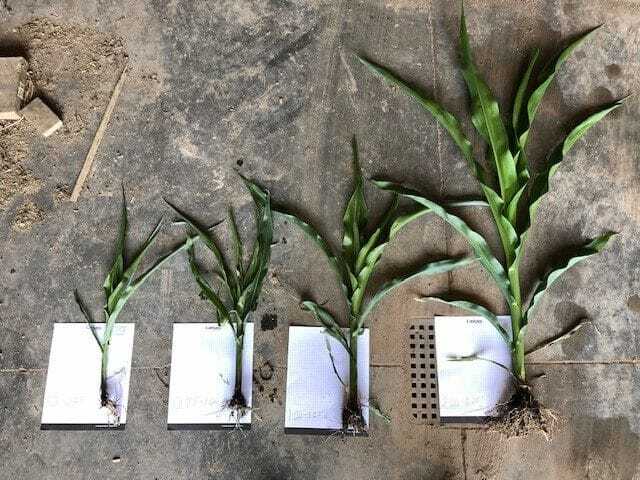
The below is a look at an on-farm planting depth study conducted by our sales representative from southeast Iowa. Photos were taken in the same field, the same location, planted the same day with the same hybrid. The only variation between each is planting depth. The hybrid shown is LH 6477 VT2 PRO planted on May 12 and the photos are from the last week of June.
Planting depths are as follows:
- On top of the ground to ¼-inch planting depth
- ¾ to 1-inch planting depth
- 1 to 1 ¼-inch planting depth
- 2 to 2 ¼-inch planting depth
Those planted at optimal depth have much better nodal roots and root mass to anchor that plant into the rapid growth stages we’re observing now.

Comparison of planting depth using hybrid LH 6477 VT2 PRO planted May 12 at the same field and location. 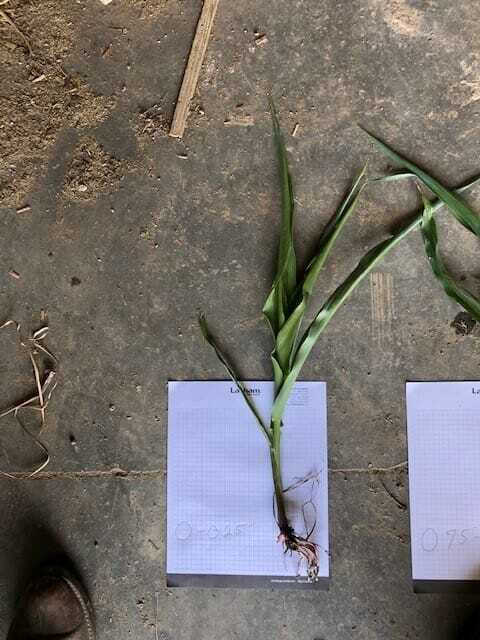
On top of the ground to ¼-inch planting depth 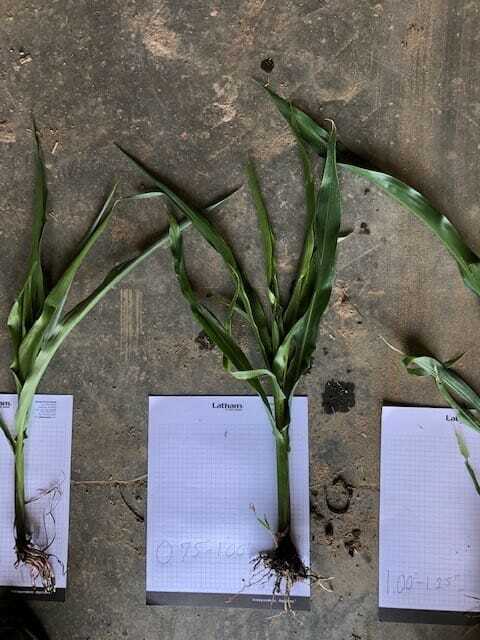
¾ to 1-inch planting depth 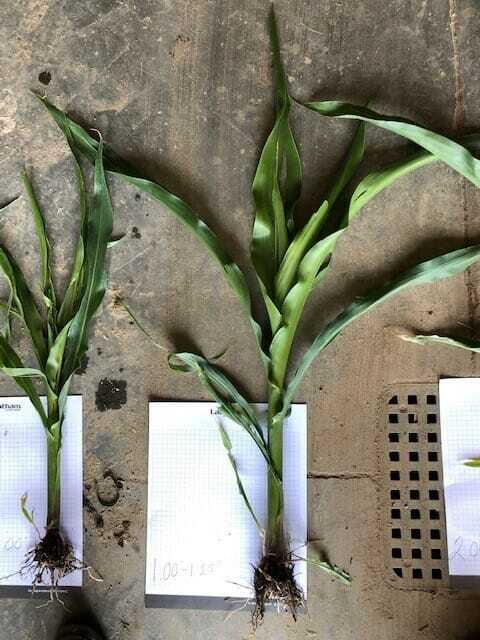
1 to 1 ¼-inch planting depth 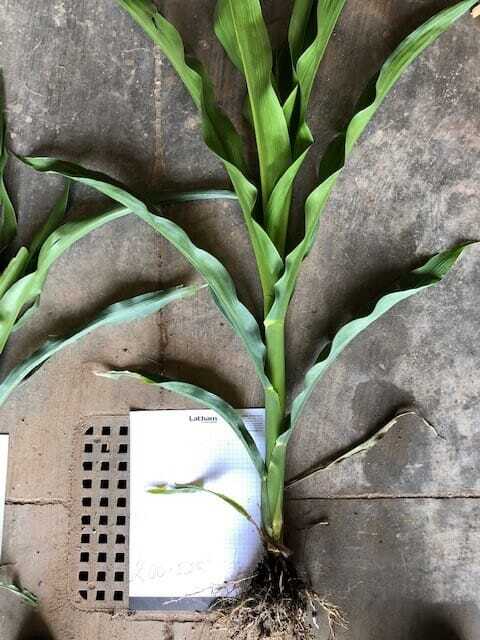
2 to 2 ¼-inch planting depth -
Latham Hi‑Tech Seeds
#MadetoWin Photo & Trivia Contest
 Join our #MadetoWin Photo & Trivia Contest for a chance to win 2 FREE COATS! How?
Join our #MadetoWin Photo & Trivia Contest for a chance to win 2 FREE COATS! How?- Post a #FromtheField update from your corner of the world with hashtags #MadetoWin and #LathamSeeds OR
- Answer our collegiate football trivia question below!
Question of the week:
Oops! We could not locate your form.
